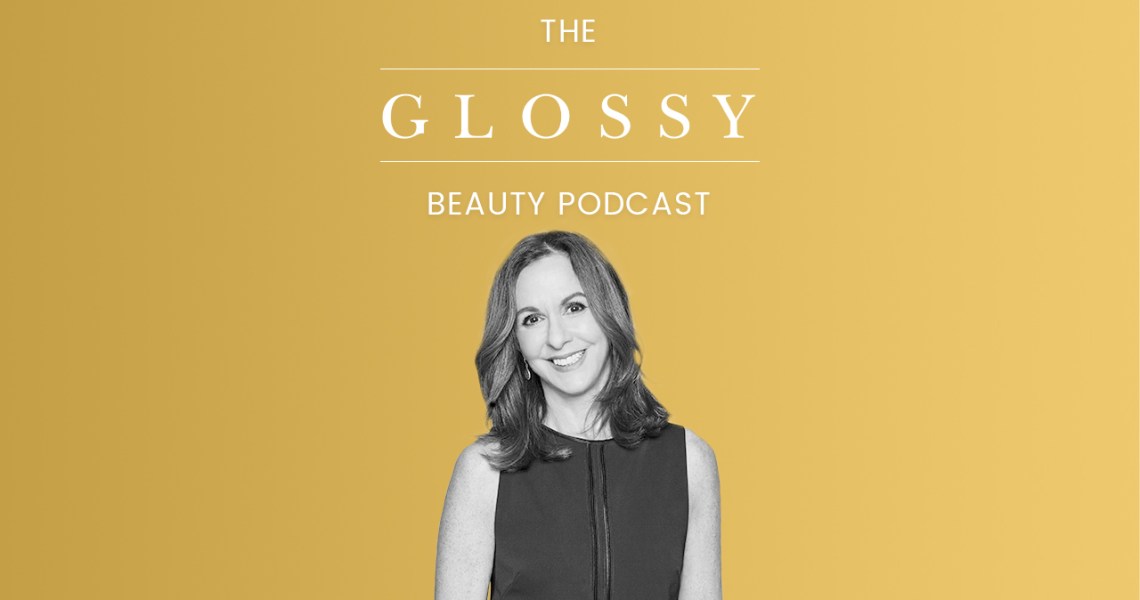Subscribe: iTunes | Stitcher | Google Play | Spotify
Lilli Gordon knew she wanted to start a beauty company before even settling on its place in the market.
“I was studying the landscape because I had this crazy idea that I wanted to start my own beauty company. You know, me and thousands of other ladies and men,” Gordon said on the Glossy Beauty Podcast.
The niche that skin-care brand First Aid Beauty would come to fill in 2009 was to sit between “very clinical” companies like Eucerin and Aquaphor and the prestige offerings that seemed to only address one thing: “the challenge of aging,” Gordon said.
Gordon launched First Aid Beauty in 2009 with Sephora and QVC. Sans conglomerate support, the company’s products are also now widely available at Ulta stores in the U.S., too. International expansion was made possible, Gordon said, by FAB’s $250 million acquisition by Procter & Gamble in 2018.
Ahead, Gordon talks about beauty’s white spaces, the reason she wanted to sell her company and the difference between Gen-Z and millennial shoppers.
Here are a few highlights from the conversation that have been lightly edited for clarity.
Ad position: web_incontent_pos1
First Aid Beauty’s market gap
“I’m a student, and I spent a lot of time in drug stores, department stores, Sephora and Ulta and really saw a gap. If you had a skin issue, eczema, sensitive skin, you were probably shopping the drug stores for Cetaphil, Aquaphore Eucerin, all of those products, very clinical, very purposeful. And then you’d go into Sephora and see a lot of anti-aging products or a lot of beautiful heritage brands. But you couldn’t find solutions to your skin challenges other than, really, the challenge of aging, so what I saw was an opportunity to take the focus of a lot of those drug store products, elevate them, formulate them to be, one, clean with respect to ingredients — we were really one of the first clean brands out int he beauty space). And two, to elevate the sensorial experience and really put the beauty into hard-working First Aid products.”
Why she agreed to P&G’s acquisition of the company
“I had investors, and I’m not a spring chicken. Ultimately, selling my brand was part of my long-term vision. So there was the pure financial play and cashing in my chips, as it were. But timing is everything, and I knew it had to be the right time for the business. I wanted to really establish the brand and take it as far as I could possibly take it. I had reached the point where we had very healthy growth in our North American distribution channels. But tackling the rest of the world, tackling Asia, elevating the R&D and technology that goes into our products was something I needed a partner for. I thought the time is right.”
What a difference a generation makes
“I think Gen-Z and millennials are very different. Of course there’s an overlap in age, but a recent Gen-Z and an established millennial are very different. The way I think about it — don’t take this wrong, anybody — I don’t understand the millennial. I’m envious that they take care of themselves and their interests as well as they do. I think they love to be in the know with trends and beauty. I think Gen Z goes back to more, say, the 1970s with a deeper set of values and real causes. They care about things, they care about authenticity, they care about caring. And I don’t think we saw that as much with the millennial generation.”




